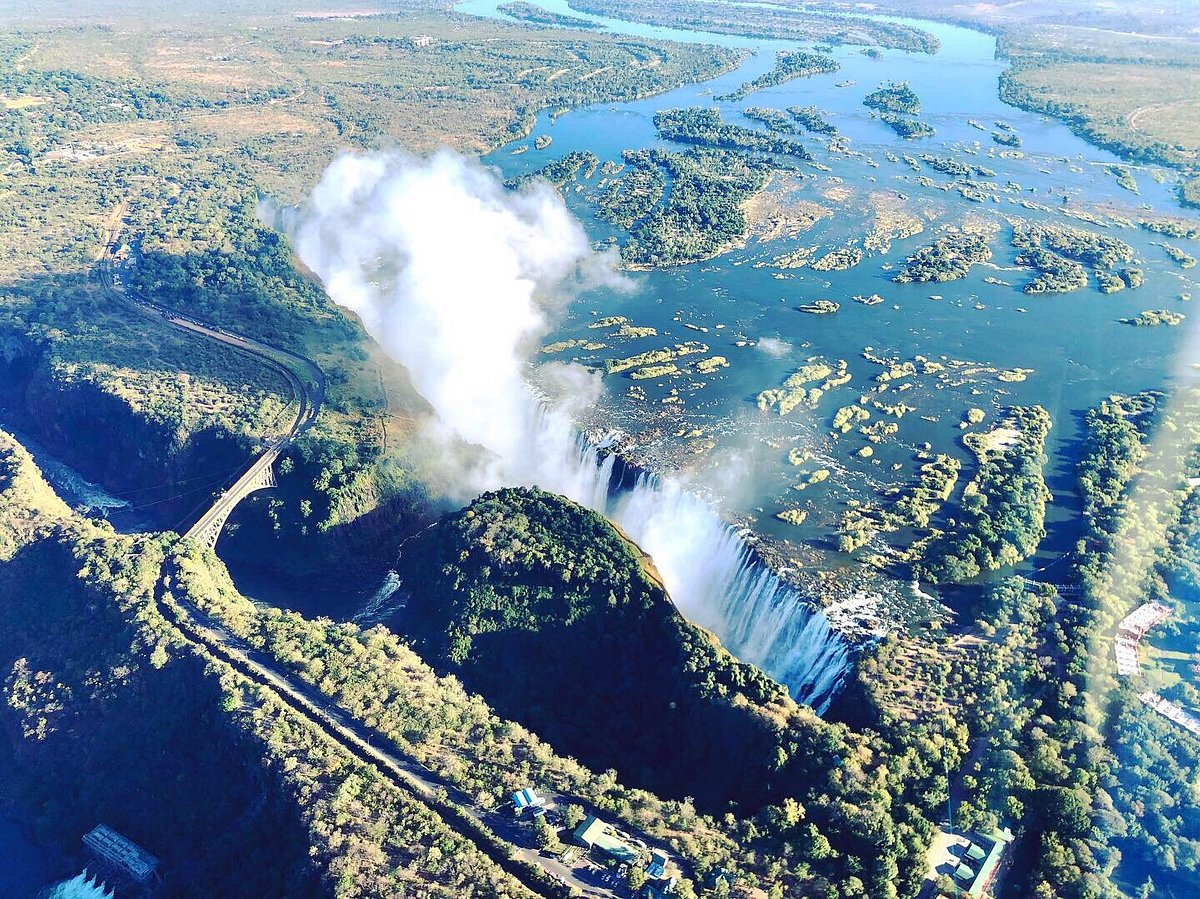Zimbabwe, a landlocked country in Southern Africa, is a hidden gem brimming with natural wonders, rich history, and vibrant cultures. From magnificent landscapes and captivating wildlife to awe-inspiring historical sites, Zimbabwe offers an array of experiences for intrepid travelers.
Victoria Falls
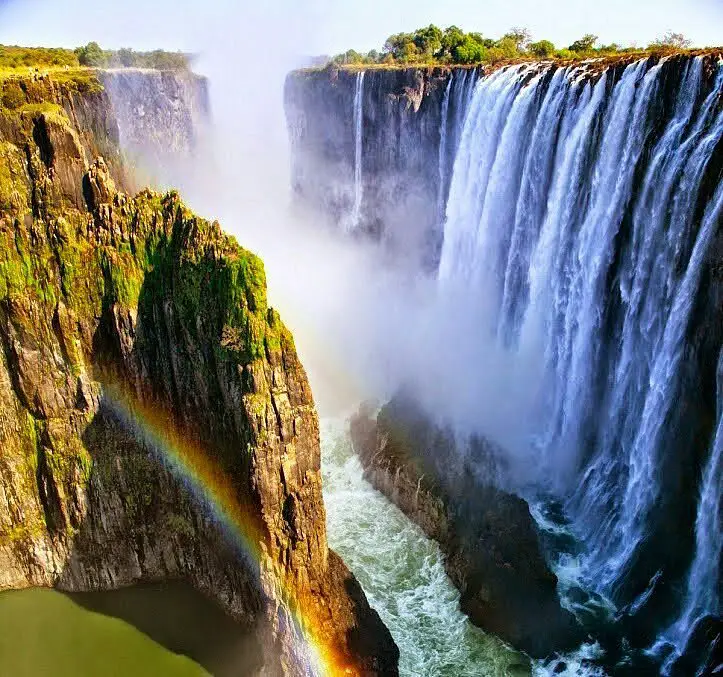
Victoria Falls is situated on the Zambezi River, which forms the natural boundary between Zimbabwe and Zambia. The falls are part of the Mosi-oa-Tunya National Park in Zambia and the Victoria Falls National Park in Zimbabwe.
The local name, Mosi-oa-Tunya, aptly describes the falls’ impressive sight and sound. The crashing water creates a misty spray that rises high into the air, visible from miles away. The mist gives the appearance of smoke, and the roar of the water can be heard from a considerable distance.
At the edge of Victoria Falls, on the Zambian side, lies a natural infinity pool known as Devil’s Pool. During the dry season, when water levels are lower, visitors can swim at the very edge of the falls, providing a thrilling and unique experience. Access is carefully managed, and it is recommended to partake in this activity with experienced guides. Adjacent to Devil’s Pool is Livingstone Island, where visitors can enjoy guided tours and stunning views of the falls.
Hwange National Park
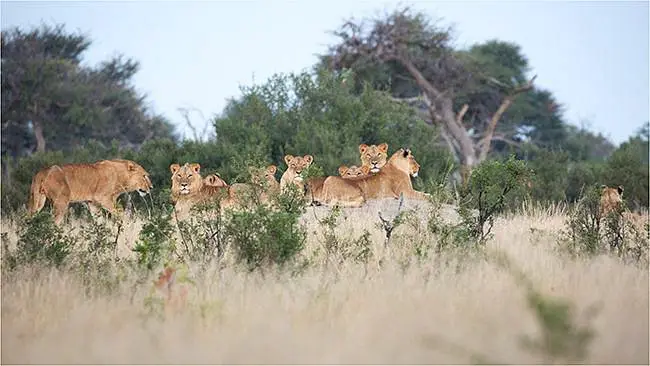
Hwange National Park is renowned for its diverse wildlife population and is home to over 100 mammal species and nearly 400 bird species. The park is known for its large elephant herds, which are among the largest in Africa. Visitors can also spot other iconic African animals such as lions, leopards, buffalo, giraffes, zebras, wildebeests, and a variety of antelope species.
The park offers excellent opportunities for game drives, allowing visitors to explore its vast expanses and encounter wildlife in their natural habitat. Experienced guides lead game drives, sharing their knowledge about the park’s flora, fauna, and conservation efforts.
Hwange National Park is a paradise for birdwatchers, with its diverse birdlife. The park’s varied habitats, including woodlands, grasslands, and wetlands, attract a wide range of bird species. Bird enthusiasts can spot species such as African fish eagles, secretary birds, martial eagles, hornbills, and many more.
Hwange National Park plays a vital role in wildlife conservation in Zimbabwe. The park’s management, along with various conservation organizations, work to protect and preserve the park’s biodiversity, combat poaching, and ensure the sustainable coexistence of wildlife and local communities.
Great Zimbabwe

Great Zimbabwe is an ancient archaeological site located in southeastern Zimbabwe, approximately 30 kilometers (19 miles) southeast of the city of Masvingo. It is a UNESCO World Heritage site and one of Africa’s most impressive historical and cultural landmarks.
Great Zimbabwe is renowned for its massive stone structures built without mortar, using a technique known as dry stone masonry. The most iconic feature of the site is the Great Enclosure, an elliptical structure with walls standing up to 11 meters (36 feet) high. Other notable structures include the Hill Complex, the Valley Ruins, and the Great Zimbabwe Museum, which showcases artifacts discovered at the site.
Great Zimbabwe holds immense cultural significance for the people of Zimbabwe. It represents the achievements of their ancestors and symbolizes their cultural heritage and identity. The site has become a source of national pride and a testament to the rich history and resilience of the Zimbabwean people.
Mana Pools National Park
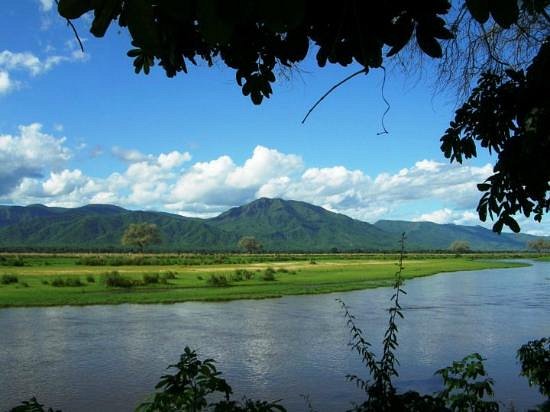
Mana Pools is known for its distinctive floodplain ecosystem. During the rainy season, the Zambezi River overflows, creating temporary pools and channels across the park. These pools attract an abundance of wildlife, including elephants, buffalos, impalas, zebras, and various bird species.
One of the park’s highlights is the opportunity to go on guided walking safaris. Led by experienced guides, visitors can explore the park on foot, allowing for an up-close and personal experience with the surrounding wildlife. It is a unique and intimate way to connect with nature and observe animals in their natural habitat.
The park offers exceptional opportunities for wildlife photography. With the stunning backdrop of the Zambezi River and the backdrop of floodplains and acacia trees, photographers can capture captivating images of animals in their natural surroundings.
The park offers a range of accommodation options, including tented camps, lodges, and campsites. These accommodations provide varying levels of comfort while allowing visitors to enjoy the beauty of the park and its wildlife.
Matobo National Park

Matobo National Park is known for its remarkable granite rock formations, balancing boulders, and rolling hills. These rock formations, shaped by millions of years of erosion, create a stunning and otherworldly landscape that is unlike any other in Zimbabwe.
Matobo National Park is home to a diverse range of wildlife, including black and white rhinoceros, leopards, hyenas, zebras, giraffes, wildebeests, and numerous antelope species. It is also a haven for birdwatchers, with over 200 recorded bird species, including the majestic black eagles that soar above the granite hills.
Visitors to Matobo National Park can partake in game drives, allowing them to explore the park’s diverse habitats and encounter wildlife in their natural environment. Guided walking safaris are also available, offering a more immersive and intimate experience with the park’s unique flora and fauna.
The park offers various accommodation options, including lodges, tented camps, and camping sites. Visitors can choose to stay within the park or opt for accommodation in nearby towns such as Bulawayo, which offers a range of facilities and amenities.
Eastern Highlands

The Eastern Highlands is a collection of mountain ranges and highland areas, known for their stunning natural beauty, cool climate, and lush landscapes. The region encompasses several distinct areas, including the Nyanga, Bvumba, Chimanimani, and Vumba mountain ranges.
The Eastern Highlands are a paradise for outdoor enthusiasts. Activities in the region include hiking, mountain biking, horseback riding, fishing, and golfing. The pristine landscapes and moderate climate create an ideal setting for these activities, allowing visitors to immerse themselves in nature and enjoy the fresh mountain air.
The Highlands is also home to diverse ethnic communities with unique cultural traditions. Visitors have the opportunity to interact with local communities, learn about their customs, sample traditional cuisine, and participate in cultural activities.
They also offer a range of accommodation options, from luxury resorts and lodges to self-catering cottages and campsites. Towns such as Mutare and Nyanga provide amenities such as restaurants, markets, and craft shops, ensuring a comfortable and convenient stay for visitors.
Matobo Hills
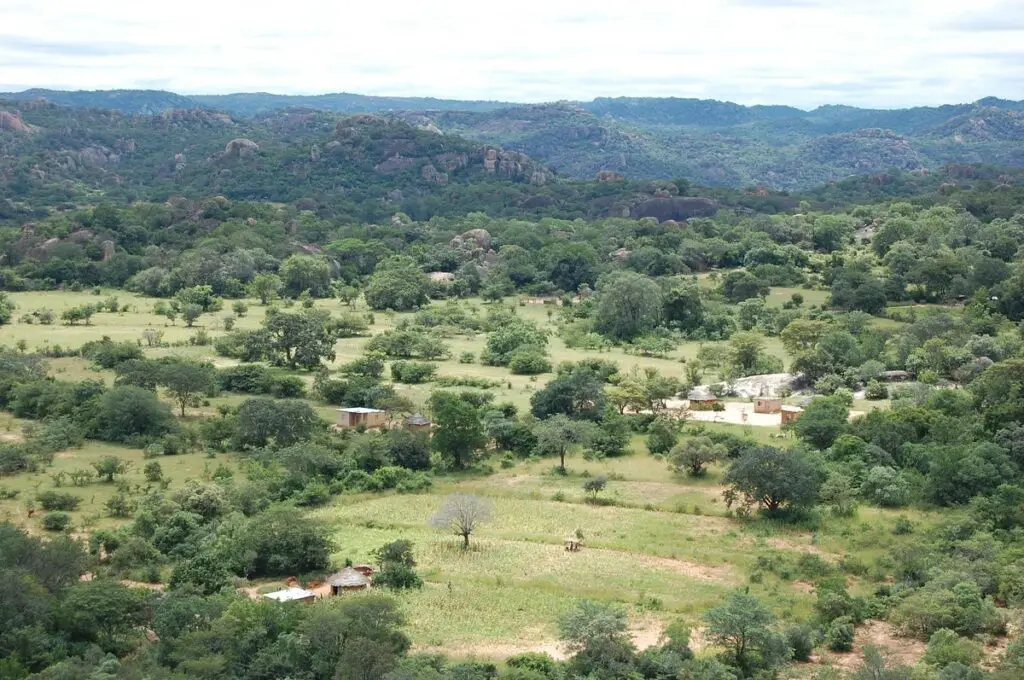
Matobo Hills is a rugged and scenic area characterized by a series of granite hills, balancing boulders, and dramatic rock formations. The landscape is dotted with dense vegetation, grassy plains, and picturesque valleys. The balancing rock formations, shaped by thousands of years of erosion, are a unique feature of the hills.
Matobo Hills holds immense cultural and historical importance to the people of Zimbabwe. The hills are considered sacred and have deep spiritual and cultural associations with the local Ndebele people. They contain numerous ancient rock art sites, some dating back thousands of years, providing a glimpse into the rituals, beliefs, and way of life of early inhabitants.
Matobo Hills is renowned for its rich collection of rock art, which can be found in caves and shelters throughout the hills. The rock paintings, created by the San people (also known as Bushmen), depict hunting scenes, animals, and spiritual figures. The art offers a window into the ancient cultures and belief systems of the region.
Lake Kariba
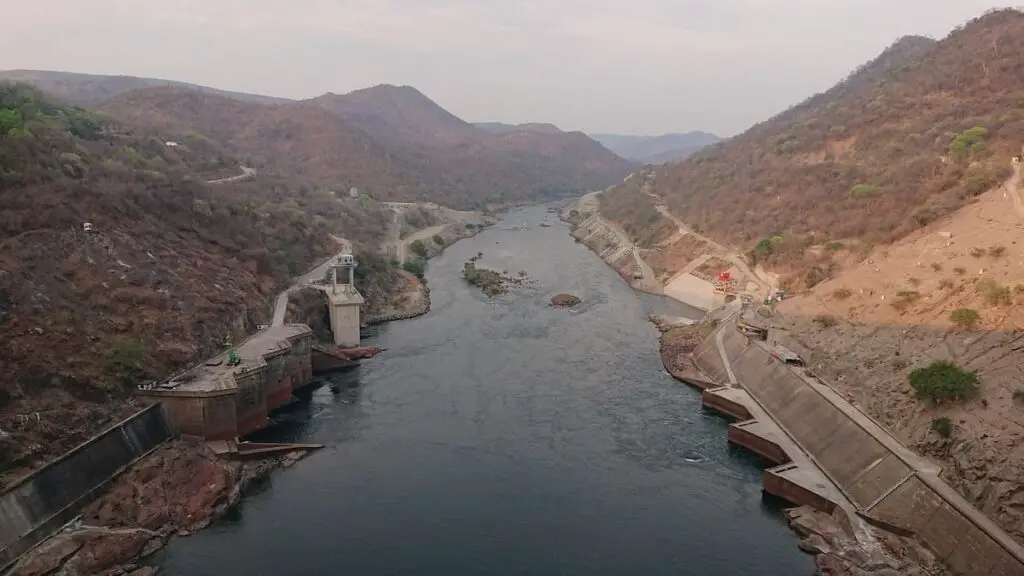
Lake Kariba spans an area of approximately 5,580 square kilometers (2,150 square miles), making it one of Africa’s largest freshwater lakes. The lake extends for about 280 kilometers (174 miles) from east to west, and its width varies from 20 to 40 kilometers (12 to 25 miles). The lake is characterized by its deep blue waters and is surrounded by picturesque landscapes, including rugged hills and scenic shorelines.
Lake Kariba is renowned for its rich biodiversity and abundant wildlife. The lake is home to various fish species, including tigerfish, bream, tilapia, and catfish, making it a popular destination for fishing enthusiasts. The surrounding areas are inhabited by diverse wildlife, including elephants, hippos, crocodiles, impalas, zebras, and numerous bird species.
Lake Kariba is renowned for its breathtaking sunsets, with the fiery hues reflecting off the calm waters. The scenic beauty of the lake, with its expansive views, rugged landscapes, and wildlife sightings, makes it a paradise for photographers and nature enthusiasts.
Gonarezhou National Park
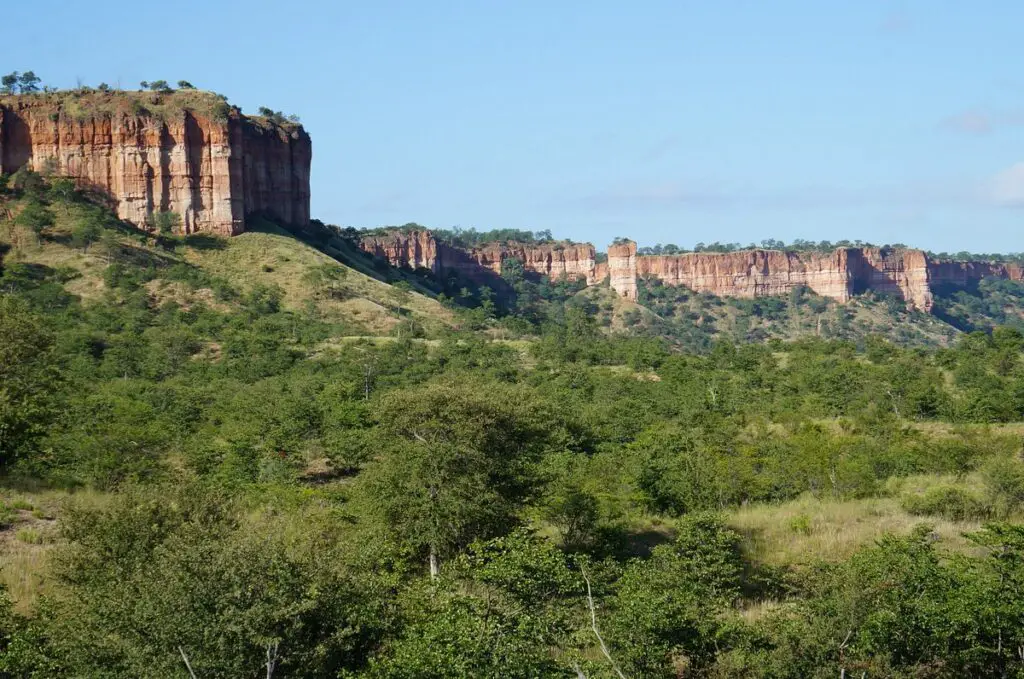
The name “Gonarezhou” translates to “Place of Elephants” in the local Shona language, and it is indeed famous for its large elephant population. The park is known for its diverse and pristine ecosystems, encompassing rugged landscapes, sandstone cliffs, baobab-dotted plains, riverine forests, and the meandering Runde and Save rivers. The park’s varied terrain supports a wide array of wildlife, making it a popular destination for nature enthusiasts and safari-goers.
Gonarezhou National Park is home to the “Big Five” African game species, including elephants, lions, leopards, buffalos, and rhinoceroses. Additionally, visitors have the opportunity to observe other iconic African animals, such as giraffes, zebras, cheetahs, hyenas, wild dogs, and various antelope species. The park is also a paradise for birdwatchers, hosting over 400 bird species, including raptors, waterbirds, and colorful migrants.
Nyanga National Park
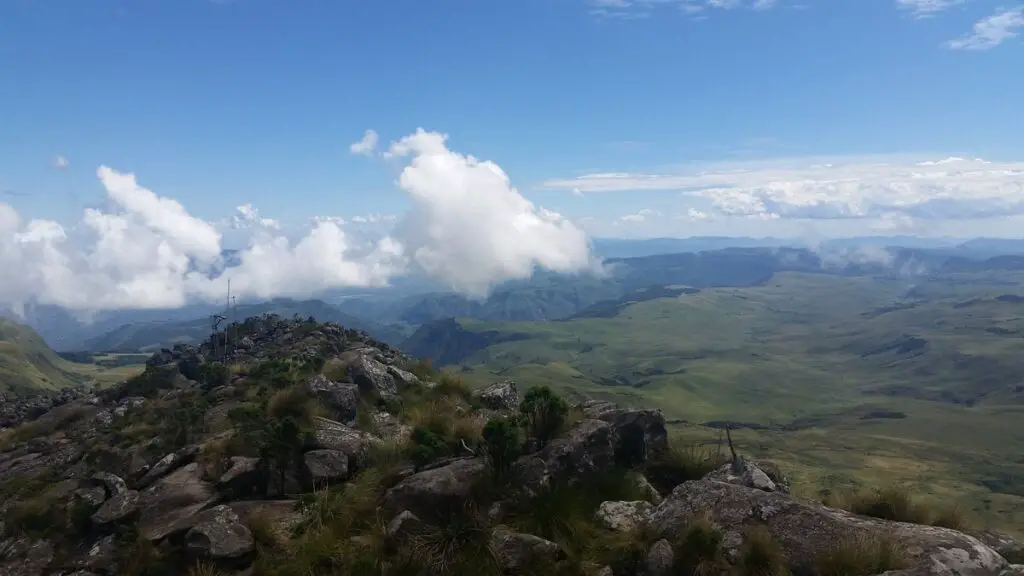
Nyanga National Park is a captivating national park located in the eastern part of Zimbabwe. Situated in the Eastern Highlands region, Nyanga National Park is known for its stunning landscapes, mountainous terrain, waterfalls, and diverse flora and fauna.
The park’s rugged terrain is characterized by rolling hills, deep valleys, and rocky outcrops. It is covered in dense montane forests, grasslands, and picturesque lakes. The combination of these varied ecosystems provides a haven for a wide range of wildlife.
Nyanga National Park is home to several mammal species, including baboons, monkeys, klipspringers, elands, bushbucks, and numerous species of antelope. Leopards and hyenas can also be spotted, although they are more elusive. Birdwatchers will delight in the park’s avian diversity, as it boasts over 300 bird species, including the rare blue swallow and the striking African fish eagle.
Chimanimani Mountains
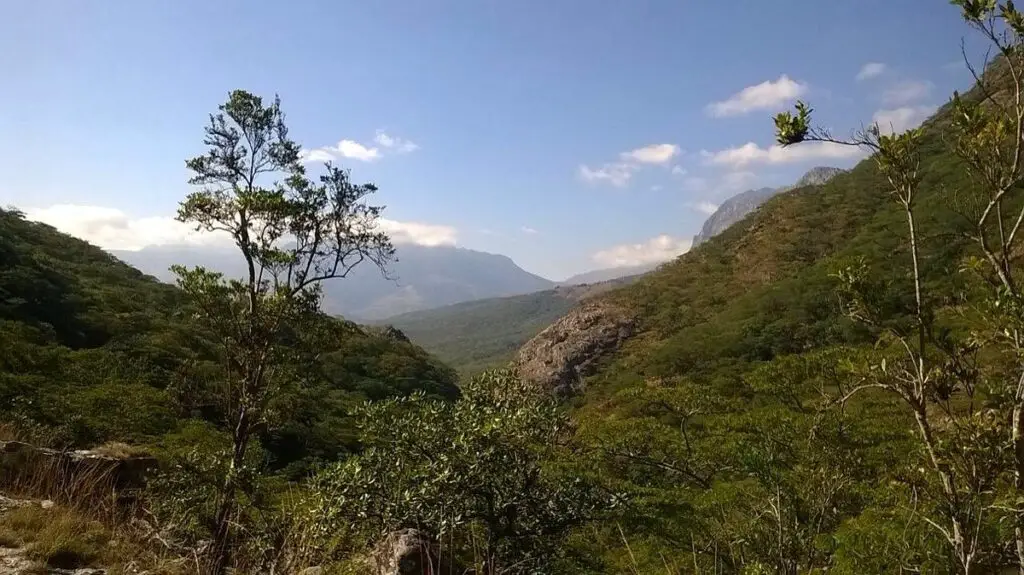
The Chimanimani Mountains are a picturesque mountain range located on the eastern border of Zimbabwe, stretching into neighboring Mozambique. These mountains are part of the larger Eastern Highlands region of Zimbabwe and are known for their stunning natural beauty, unique flora and fauna, and excellent hiking opportunities.
The region is renowned for its diverse and lush vegetation. The lower slopes of the mountains are covered in montane and riverine forests, while the higher elevations are characterized by grasslands and alpine vegetation. The flora includes numerous endemic plant species, such as the Chimanimani cycad, orchids, and tree ferns.
he Chimanimani Mountains are a haven for outdoor enthusiasts and adventure seekers, particularly hikers. The range offers a range of hiking trails suitable for all levels of experience, from gentle walks to challenging multi-day treks. The trails take you through breathtaking landscapes, past pristine rivers, and to hidden waterfalls, offering opportunities to observe the region’s diverse wildlife and birdlife.
Chinhoyi Caves

The Chinhoyi Caves are formed from a combination of limestone and dolomite rocks, creating a complex network of underground chambers and passages. These caves have a rich geological and historical significance. They are estimated to be over 400 million years old and have been a sacred site for the local indigenous communities for centuries.
The highlight of the Chinhoyi Caves is the Sleeping Pool, which is a deep, crystal-clear underground lake with incredibly clear water. The pool is fed by underground springs and has a maximum depth of about 91 meters (298 feet). The water is so transparent that it creates an illusion of being shallow, hence the name “Sleeping Pool.”
In addition to the Sleeping Pool, the Chinhoyi Caves Recreational Park offers various other attractions and facilities. There are picnic areas and well-maintained pathways that allow visitors to explore the surface areas of the caves, providing scenic views of the surrounding landscape. The park also features a restaurant, camping facilities, and chalets for overnight stays.
Harare
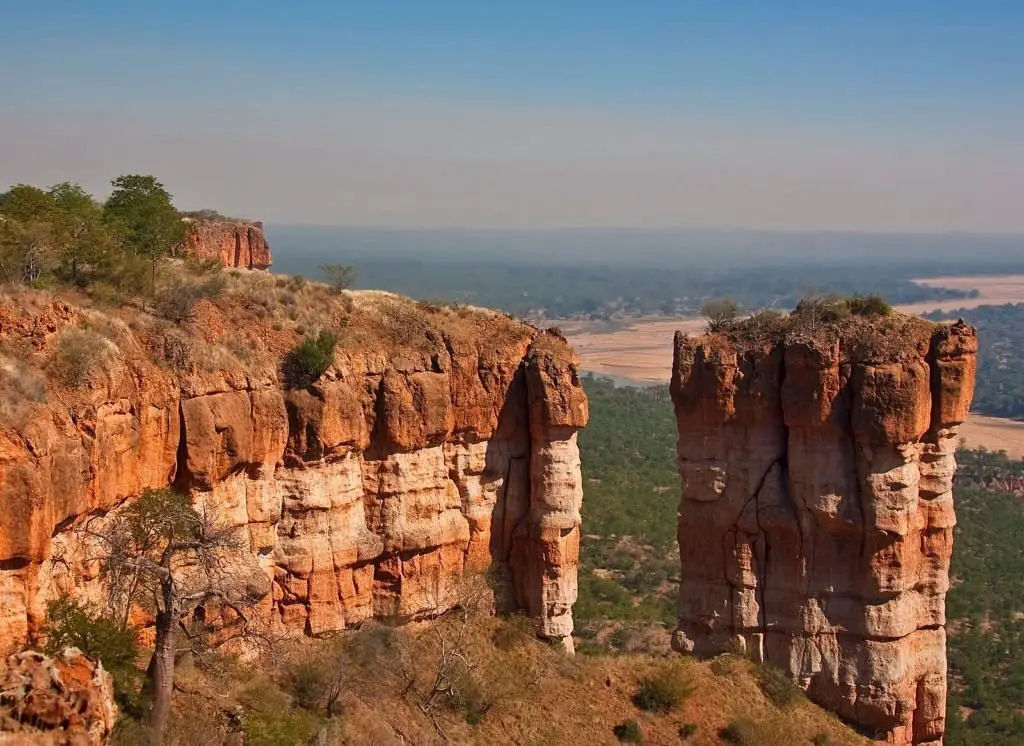
Harare is the capital and largest city of Zimbabwe, located in the northeastern part of the country. It serves as the administrative, economic, and cultural center of Zimbabwe. With a population of over 1.6 million people, Harare is a vibrant and bustling city that offers a mix of modern amenities, historical sites, and cultural attractions.
The city is divided into several districts, each with its own unique character. The central business district is the commercial hub, featuring modern high-rise buildings, shopping centers, and financial institutions. Alongside the bustling urban core, Harare also has leafy suburbs with spacious residential areas, parks, and gardens.
The city’s food scene offers a mix of local and international cuisines. From traditional Zimbabwean dishes to international fare, Harare has a range of restaurants, cafes, and food markets to cater to different tastes. The city also has a lively nightlife with numerous bars, clubs, and live music venues.
Bulawayo

Bulawayo holds a significant place in Zimbabwe’s history and cultural heritage. It was once the capital of the Ndebele Kingdom and retains a strong connection to its past. Visitors can explore historical sites, such as the Khami Ruins, Matobo Hills, and the grave of Cecil John Rhodes, which provide insights into the region’s rich history and ancient civilizations.
Bulawayo is surrounded by stunning natural landscapes and offers easy access to renowned national parks. The Matobo National Park, a UNESCO World Heritage Site, is known for its unique rock formations, ancient rock art, and diverse wildlife, including rhinos. Hiking, birdwatching, and game viewing opportunities are abundant in the surrounding areas.
It is also known for its beautifully landscaped parks and gardens. The Centenary Park and the Bulawayo Gardens provide tranquil settings for relaxation, picnics, and leisurely walks. The lush green spaces offer a respite from the bustling city and a chance to appreciate nature.

